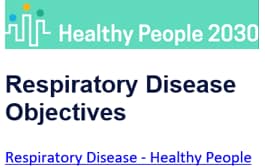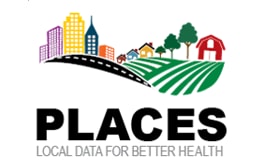Indicator Definitions – Asthma
Asthma is a disease that affects the lungs. It causes repeated episodes of wheezing, breathlessness, chest tightness, and nighttime or early morning coughing. The causes of asthma are unknown, but genetic, environmental, and occupational factors have been linked to developing asthma.
Asthma can be controlled by taking medicine and avoiding the triggers that can cause an attack. CDC’s National Asthma Control Program works to help Americans with asthma achieve better health and quality of life by improving surveillance of asthma, training health professionals, educating people with asthma and their families, and explaining asthma to the public.
For more information see Asthma | CDC



